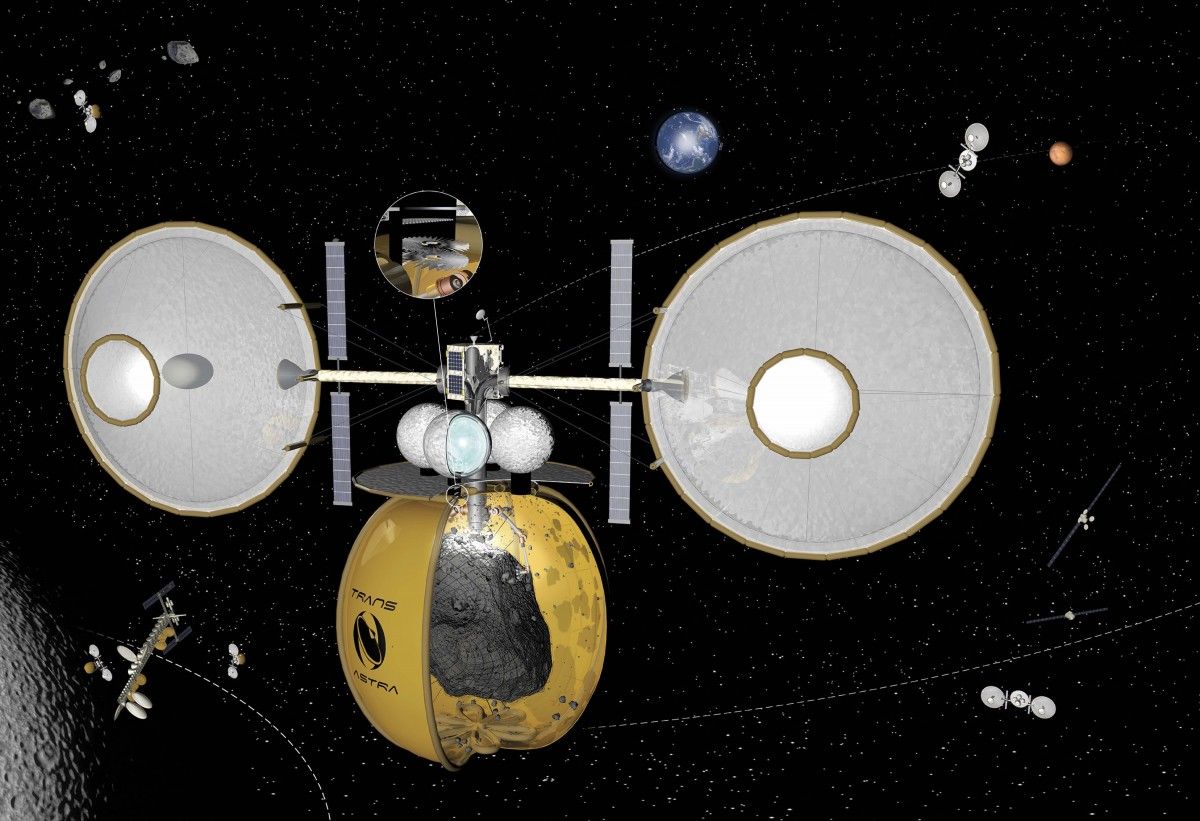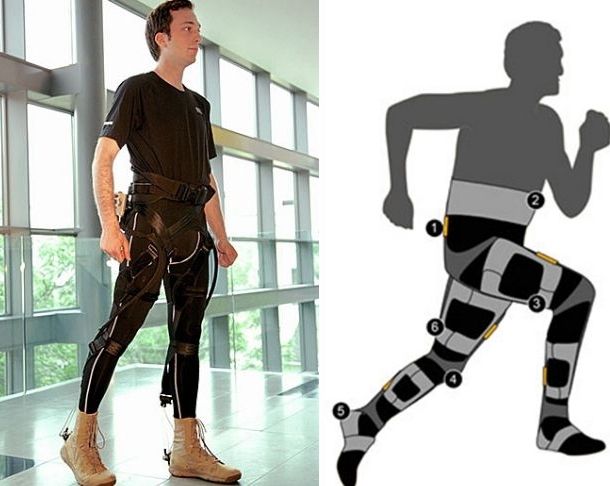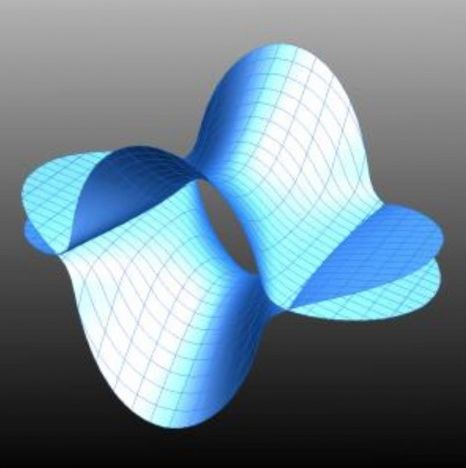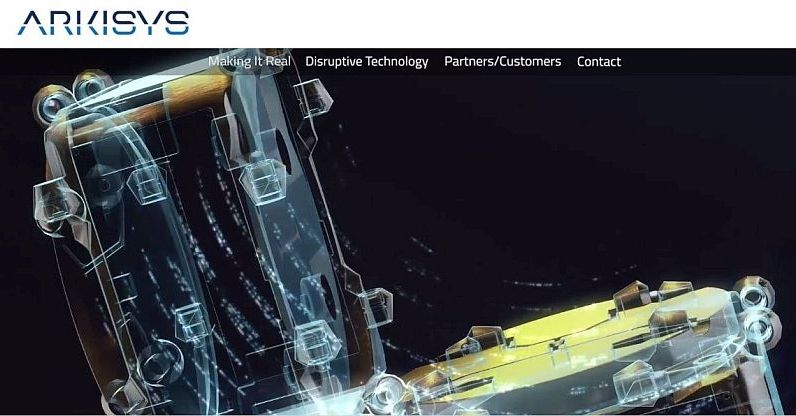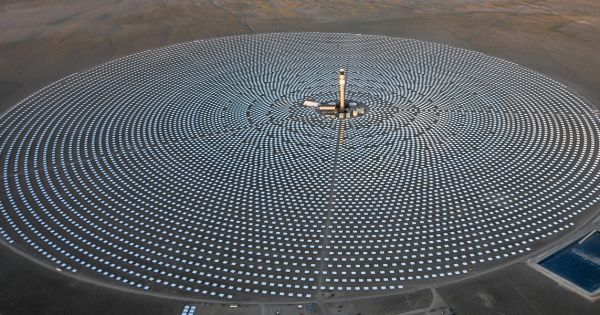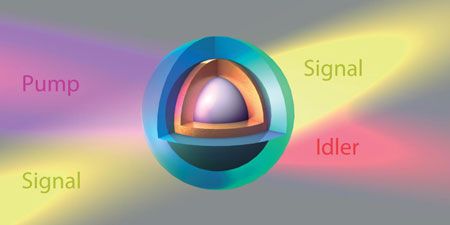Excellent read about future Commerce in Space — could we see an Amazon or a HomeDepot in space?
In space there are no service stations to pull into and get replacement parts for your satellite. Nor is there a towing service if a satellite is in the wrong orbit, a construction contractor to help you build structures, or a “Space Depot” for those who wish to “do-it-themselves” on orbit. In other words, we still operate within a first-generation space industrial enterprise, i.e. all commerce is on Earth, and we only focus on bits (data) coming from monolithic things that go up (i.e., satellites), which eventually die or just come down with no chance of repair or reuse.
Today the commercial space industry focuses exclusively on applications that support launching science, exploration, military, or established earth-bound data communication or delivery services, focusing data to/from space. The lack of technology to support or “markets” to enter has resulted in nebulous, unconsolidated and without-a-critical-mass investment in space-based infrastructure, industrialization, space resources (survey and process maturation) and global utility creation and delivery applications in space. However, all that may finally be changing.
Space applications that are not solely data driven are becoming real. Asteroid mining, fuel depots and commercial space stations are all being actively pursued by companies around the world, as examples of different types of revenue-generating endeavors outside of data-driven end use. These missions and their spacecraft will require greater upkeep, maintenance, repair, and consumable restoration. Consequently, “services” are now being talked about and pursued, executed from one space platform to another. The most talked-about “service” event is providing either consumables (fuel) or failure remediation to satellites on orbit, referred to as “servicing”. However, a handful of companies are seeking to break the shackles that today’s satellites are stuck with at launch, and go well beyond “servicing” into modifying and even constructing new space platforms, on orbit.
Read more
